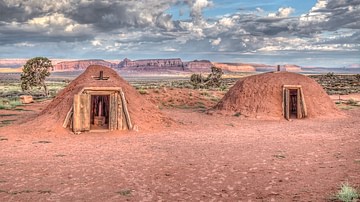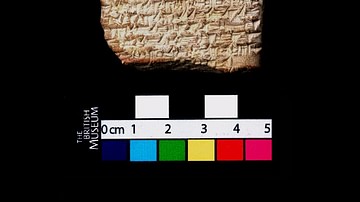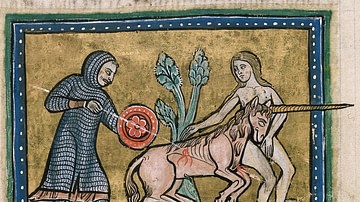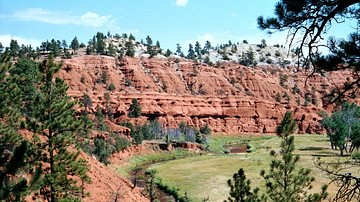Search
Search Results

Article
The River of Separation, a Navajo Creation Story
The River of Separation is one of the many versions of the Navajo creation story detailing how the people first came up from below the earth, learned to live on its surface and, just as importantly, learned to live with each other. Versions...

Article
Conflict & Celts: The Creation of Ancient Galatia
Galatia was the most long-lasting and powerful Celtic settlement outside of Europe. It was the only kingdom of note to be forged during the Celtic invasions of the Mediterranean in the 4th and 3rd centuries BCE. From its foundation, Galatia...

Article
Julius Caesar: The Faults Behind the Myth
Last March marked the anniversary of Julius Caesar's assassination over 2,000 years ago, and after two millennia, his legendary achievements still linger in today's consciousness just as they have for centuries. He was so revered that in...

Article
The Myth of Adapa
The Myth of Adapa (also known as Adapa and the Food of Life) is the Mesopotamian story of the Fall of Man in that it explains why human beings are mortal. The god of wisdom, Ea, creates the first man, Adapa, and endows him with great intelligence...

Collection
Native American Creation & Origin Stories
Native American creation and origin stories are tales of the creation of the world and the origin of various aspects of it, including plant and animal life – especially corn and buffalo – and death. Some Native American trickster tales are...

Article
The Unicorn Myth
The unicorn, a mythical creature popularized in European folklore, has captivated the human imagination for over 2,000 years. For most of that time, well into the Middle Ages, people also believed them to be real. The roots of the unicorn...

Article
Kiowa Death-Origin Myth: Two Versions
The Kiowa nation has at least two different versions of their origin myth concerning death: How Death Came into the World and Why the Ant is Almost Cut in Two. Both explain the origin of death but differ significantly in characterization...

Video
Enuma Elish | The Babylonian Epic of Creation | Complete Audiobook | With Commentary
This is the complete audiobook of the Enuma Elish : The Babylonian Epic of Creation that also comes with commentary. I hope that you all enjoy this awesome work that helps us better understand ancient Mesopotamian Mythology, Religion and...

Article
The Sun & the Moon in Norse Myth
In Norse mythology, the Sun and the Moon appear as personified siblings pulling the heavenly bodies and chased by wolves, or as plain objects. Written sources, such as the Poetic Edda and the Prose Edda, have surprisingly little to say about...

Article
Theseus & the Minotaur: More than a Myth?
Until Sir Arthur Evans unearthed the palace of Knossos, the half-man-half bull killed by Theseus was considered just a popular legend; archaeology changed that perception. King Minos, of Crete, fought hard with his brother to ascend the...